Despite the digital age having taken over our means of communication, packages of purchased goods from e-commerce platforms we’re bound to splurge on aren’t the only objects a postman delivers. Letters are.
Some people these days have never held a letter addressed to their names. I’ll get on to handwritten letters in a bit... But believe it or not, sending and receiving letters is not a dying art.
Indonesian Postal Museum: Letters Aren’t Dying
You’re holding a paper folded into three. You open it and see a pen glided onto a page-long text. The message is concise, leaving you in contentment. Or disarray. Anything can go.
Handwritten letters, specifically, have gained special value in this fast-paced digital world. Personal touch and emotional connection are imprinted since thoughtfulness and effort are taken into account, evoking strong emotions that feel more sincere, heartfelt, and meaningful. Creativity in expression also jives in; whether that’s through distinctive styles, drawings, or the choice of stationery, thus each letter becomes a work of art.
Nostalgia for the bygone era undoubtedly comes to light. Traditions and personal interactions are often overlooked, nevertheless, messages conveyed through handwritten letters enable writers to reflect more deeply on their thoughts and feelings.
What feels like a millennia ago, letters could go on something like this between two lovers:
My dearest Sasha,
From that fateful evening when I first beheld your enchanting presence, my heart has been captivated by the thought of you, the one who will determine my future happiness or despair. I cannot entertain the idea of misery, for it would be cruel to believe that a heart as virtuous and tender as yours could ever abandon someone who cherishes those very qualities.
Eagerly awaiting a favourable response, I remain, dearest, yours sincerely.
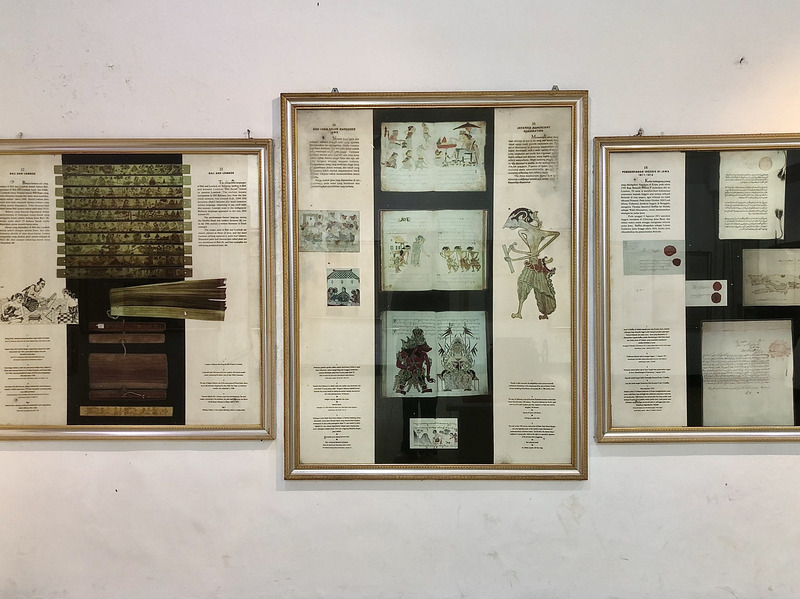
Surely, traditional mail volumes have declined in the 21st Century. Many postal services are facing financial struggles yet it's not necessarily "dying”. Zama Khysyary, Curator of the Indonesian Postal Museum in Bandung, recalled a story about a husband and wife communicating via handwritten letters in the mid-2010s. From their day-to-day shenanigans to expressions of admiration, they never stopped sending letters. The only time they would get on a phone call is when an urgent matter arises.
Khysyary further guided my travel companions and I around the Indonesian Postal Museum in Bandung, disclosing tales of historical collectible items that Khysyary and his team have retrieved over the years. It takes them at least two to three years to polish and restore letters, stamps, and what not, before displaying them in the museum. Splendidly enough, more collectables are sent to their doorsteps every year!
Story behind the Indonesian Postal Museum, Bandung
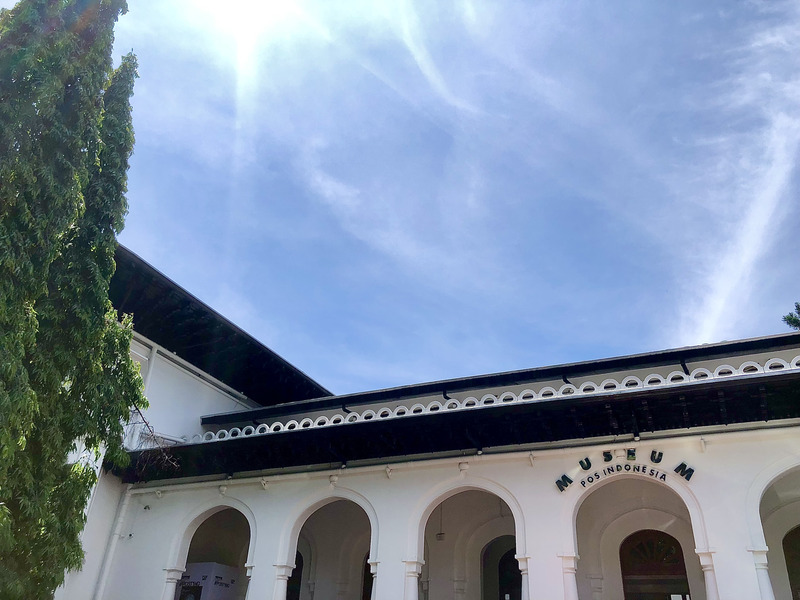
Head to Jl. Cilaki No. 73 and you’ll see a white, Dutch colonial-style building with the title “Museum Pos Indonesia”. This historic museum was established in the Dutch East Indies era, specifically in 1933, and was named the Postal Telegraph and Telephone (PTT).
The Indonesian Postal Museum and its postal collection were poorly maintained during the transitional period of the Japanese overtaking power from the Dutch. Alas, no reparations were made and the collection items were left neglected once Indonesia gained independence.
That wasn’t until 1980 when a committee in charge of restoring and maintaining valuable museum collections was formed. They were also tasked with inventorying and collecting historical items related to the development of postal services in Indonesia that are worthy of being part of the museum's collection. Finally, in 1995, the name “Indonesian Postal Museum” shines to this date.
Collections on display
The Indonesian Postal Museum in Bandung has a variety of fascinating collections that reflect the history of the country’s communication. It’s divided into three major themes: historical collections, philately, and support equipment for postal services.
We strolled around the first section of the museum where display cases housed gold letters between various rulers of the archipelago to Dutch commanders and generals. These represent a historical record and insight into past communication and relationships among various parties during that era.
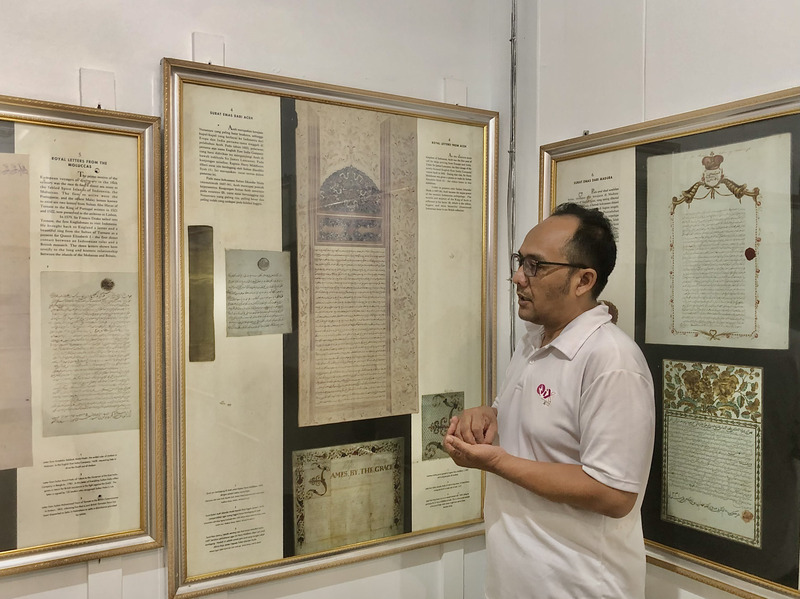
The age of the gold letters, which were previously housed in a museum in England, is estimated to date back hundreds of years. England kept these valuable letters from the archipelago's rulers because almost all were addressed to the British Governor-General Thomas Stamford Bingley Raffles.
Yes, they were all handwritten - in captivating cursive! Papers then weren’t necessarily sourced from trees. Skins of animals were notoriously evident in several samples.
The evolution of postal uniforms and equipment from the colonial era to the present times is in the next room. The other separate rooms each store well-preserved postal items, such as weighing machines and historical mail transport vehicles. “You can see how technology and equipment in postal services have evolved,” said Khysyary.
“Thousands of stamps worldwide are exhibited here. We have a total collection of approximately 131 million stamps and 200 collections of supporting postal equipment.” He took us to the first stamp in the world which has Queen Victoria’s face on it, followed by the stamps used during the early establishment of post offices in Indonesia.
Eventually, Khysyary pulled several wooden boards that stretched out from one end of the room to another. These placed stamps originated from various countries, such as Barbados, Lebanon, France, England, Japan, and many more.
“I am often asked whether people seek stamps and send letters in this tech era. The answer is yes! Not everyone is willing to let letters and stamps go just yet,” explained Khysyary. We continued observing various rare stamps and the history of stamp development under Khysyary’s guidance before observing the evolution of mailboxes.
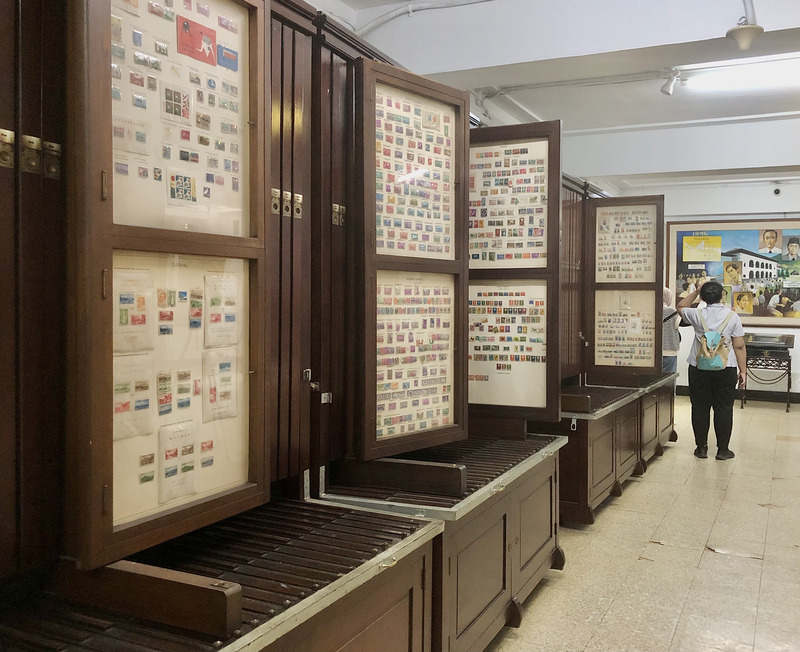
We delved into the past here. Traditional communication methods are scarce now, hence, it was pleasant to have a sense of connection to the “simpler times”. One side of Indonesia’s cultural heritage was also exposed to us. The museum preserves and displays a wide range of postal artefacts and their impacts on postal services in society. Moreover, the museum is a great educational resource while also inducing creativity with its displays of unique collections - more so interesting for philately enthusiasts and history buffs alike.
Take your family and friends to the Indonesian Postal Museum the next time you’re in Bandung, between 9 AM and 3 PM from Monday to Friday! Perhaps you can all start sending each other handwritten letters for old time’s sake?



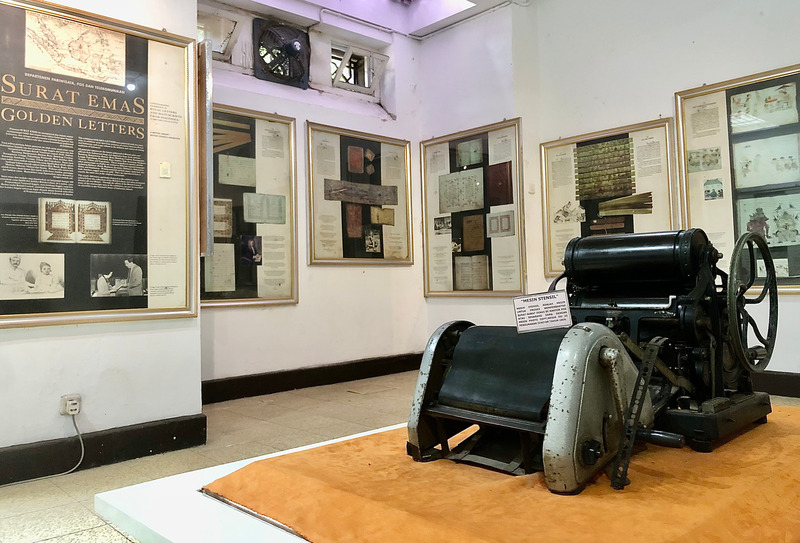
 Mirella Pandjaitan
Mirella Pandjaitan
 Nov 01, 2024
Nov 01, 2024



